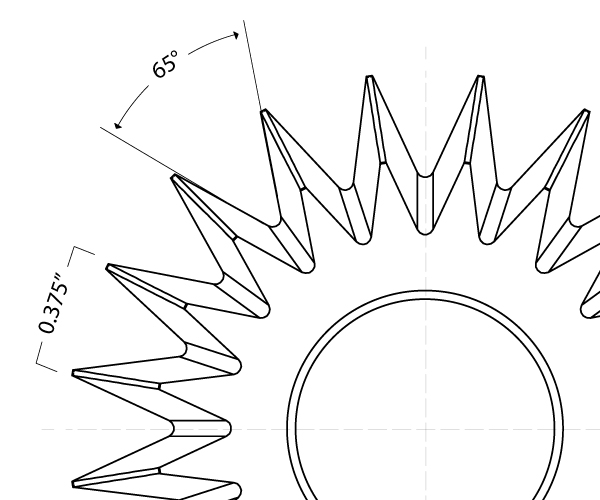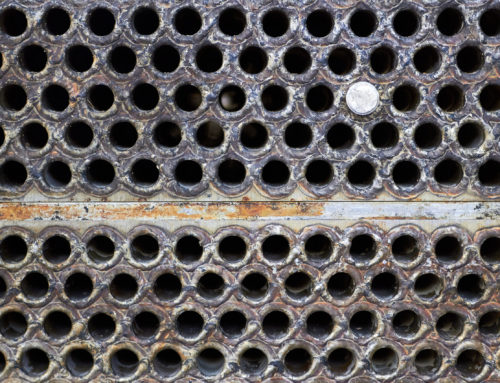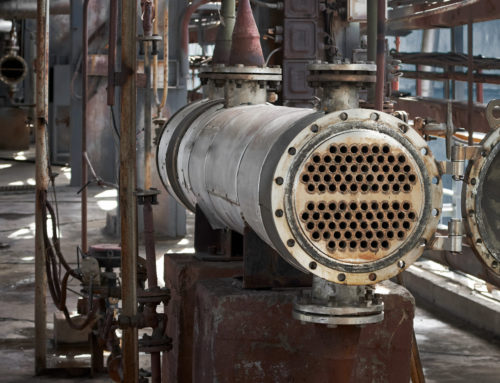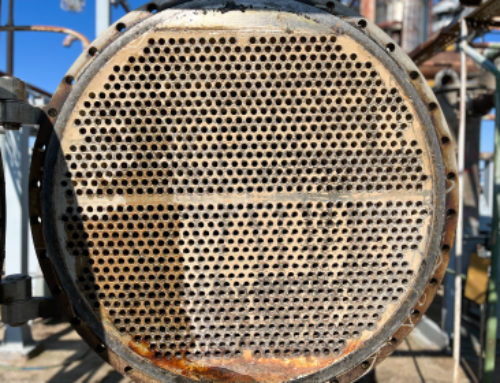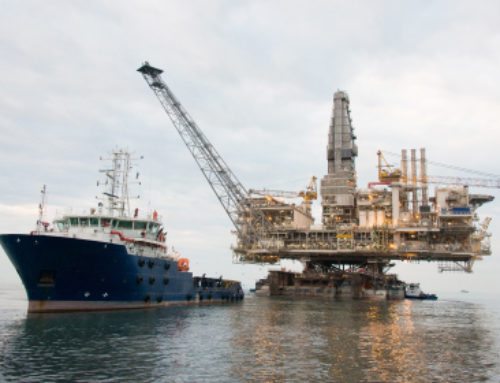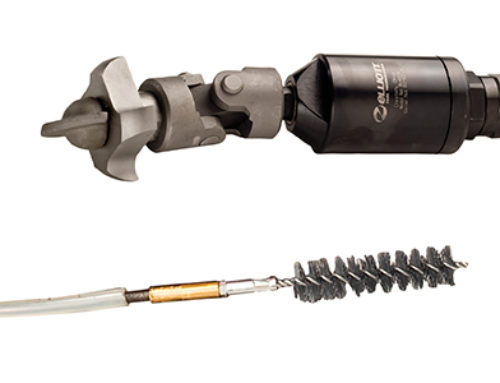
What Inferior Pipe Rattling Cutters Are Really Costing You
Materials, manufacturing processes, and engineering principles all influence the quality of a cutter. In order for it to perform in tough applications, it needs to have the right combination of variables. Otherwise, the cutter can fail prematurely or provide an inadequate cleaning performance.
Hardness vs. Toughness & Why It Matters
When selecting a material selection for an application, it is important to consider its mechanical properties. These are properties that describe how a material performs under some type of load (or force), such as hardness and toughness. While these are often used interchangeably, they have some key differences.
Hardness is a material’s ability to resist scratches and abrasions. This is important when determining what materials will be wear resistant. Diamonds and ceramics would be considered a hard substance because they are very difficult to scratch.
Toughness is a material’s ability to resist a sudden force or impact without snapping, breaking, or shattering. Softer steels or stainless steels are considered tough, because of its ability to stretch and bend, rather than break.
It is important to achieve a balance between these two properties, in order to increase tool life. If a material is too hard, it will be more susceptible to breaking under impact. On the other hand, if it’s not hard enough it will scratch and wear very quickly. The manufacturing process and the type of steel used can also influence the hardness and toughness of a cutter.
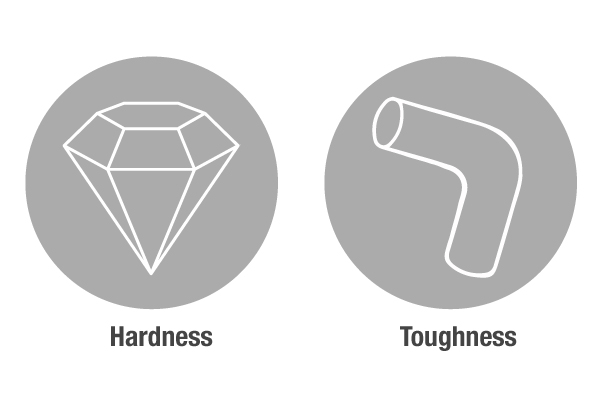
Why Machined Cutters Perform Better Than Cast Cutters
Machining and casting are the two main manufacturing processes that can be used to produce star, cone, and straight cutters. While each process has its pros and cons, when combined with material and engineering principles, the selected manufacturing process can significantly affect the performance of the end product.
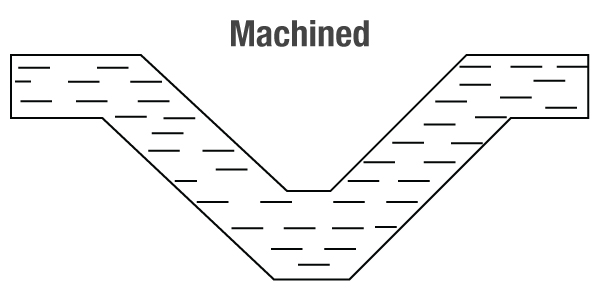
Machining is a process by which a piece of raw material is transformed into its final shape by removing material. Since the metal retains its original grain structure, machined parts are generally tougher and stronger when compared to casting.
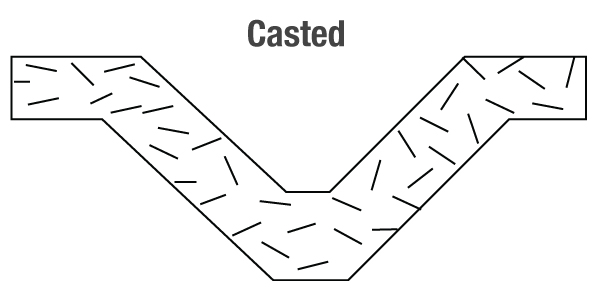
Casting is a process in which a liquid material is poured into a mold of its desired shape and cooled. Casting can be a very economical option, for parts produced at higher volumes. During the cooling process, the metal becomes porous as air is introduced. This reduces the strength of the material, making it less resistant to impact loads and more susceptible to catastrophic failure.
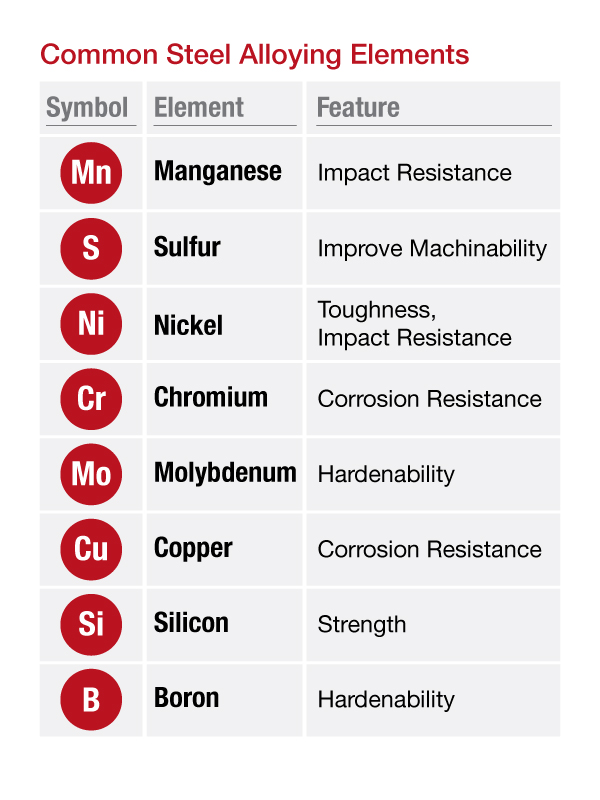
Determining The Best Steel For The Job
The addition of alloying materials is often used to enhance steel properties. There are 2 main types of steel that are used in pipe rattling applications: Alloy Steels and Tool Steels.
Alloy steels are made up of a mixture of iron, carbon, and other, alloying elements, like chrome, nickel, manganese or molybdenum. Normally, alloy elements are added to improve the hardness and wear resistance of steel, making them a good option for gears and shafts. Although alloy steels can be a cheaper alternative, they do not perform better than tool steels in pipe rattling applications.
Tool Steels refer to a variety of highly alloyed steels that can achieve high hardness values while maintaining a higher degree of toughness, making them well suited for extreme operating conditions. Due to these additional properties, tool steels are better suited for cutters and other pipe rattling tools because they will wear down slower over time.
Engineering For Optimal Performance
Manufacturing processes and tool material considerations are very important when it comes to producing a tough, wear-resistant tool. However, if you don’t have good engineering practices behind it, it can lead to an inefficient product. The purpose of a cutter is to effectively remove debris from the inside of a tube or pipe. In order to achieve that, you need to have the right amount of surface area coming in contact with the tube at a given time. As a result, the number of teeth, their angle, and the distance between them will determine the cleaning performance of the tool.
Generally, more surface area equates to longer tool life. This is because the more metal that comes in contact with the tube, the more it can withstand wear. However, if there is too much surface area, then there isn’t enough space for the debris to be captured and removed during cleaning. So, even if you use a material and manufacturing process that will give you the hardest and toughest tool, if you don’t design the geometry of the tool correctly, it will not perform adequately in the field.
Overall, a great cutter has the perfect balance between mechanical properties, manufacturing processes, and applied engineering principles. If one of those variables is not working cohesively with the others, the tool life or cleaning performance of the tool will be impacted.
